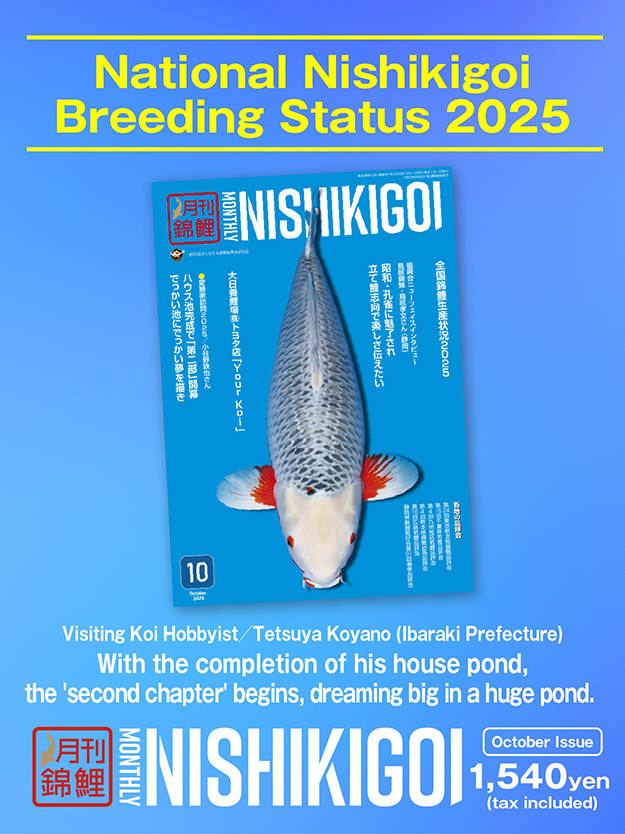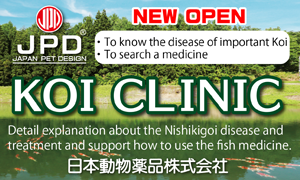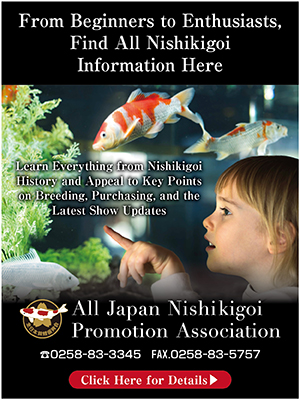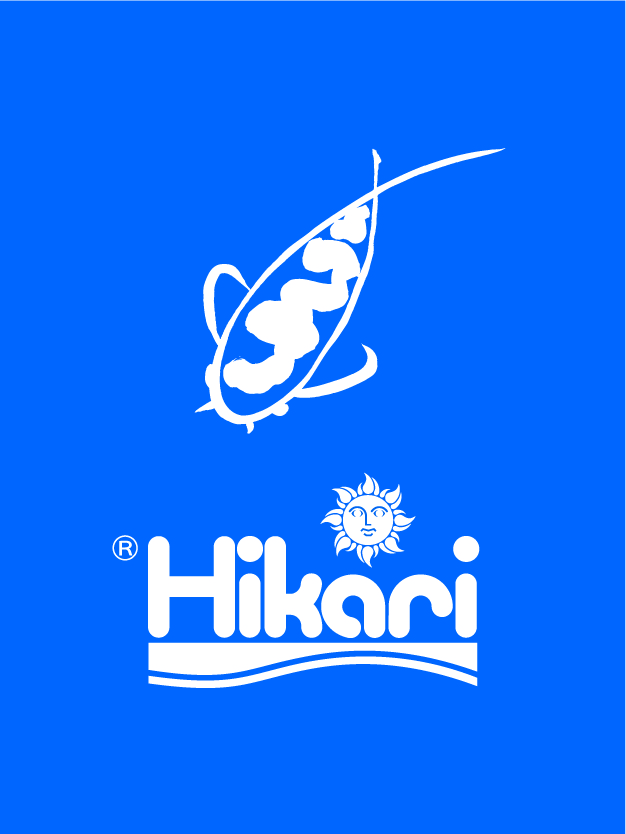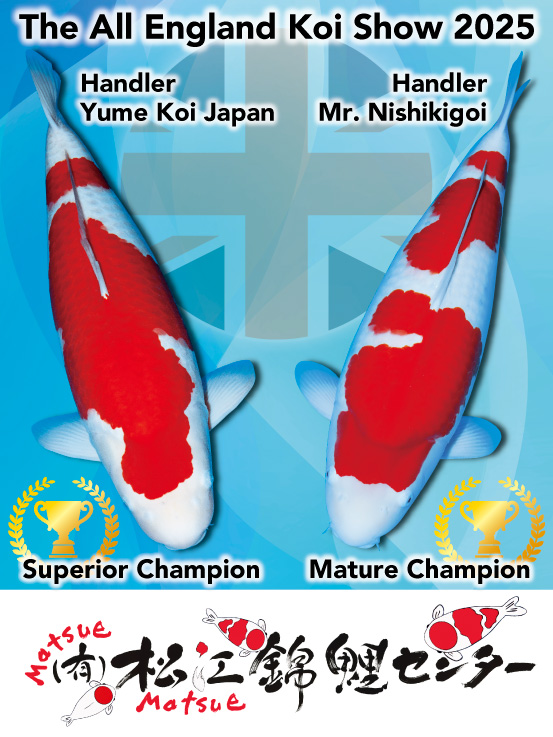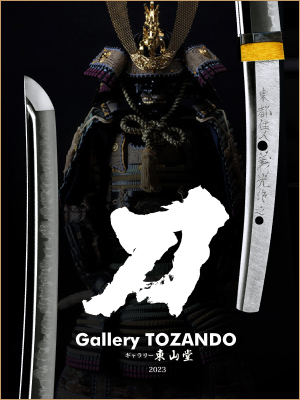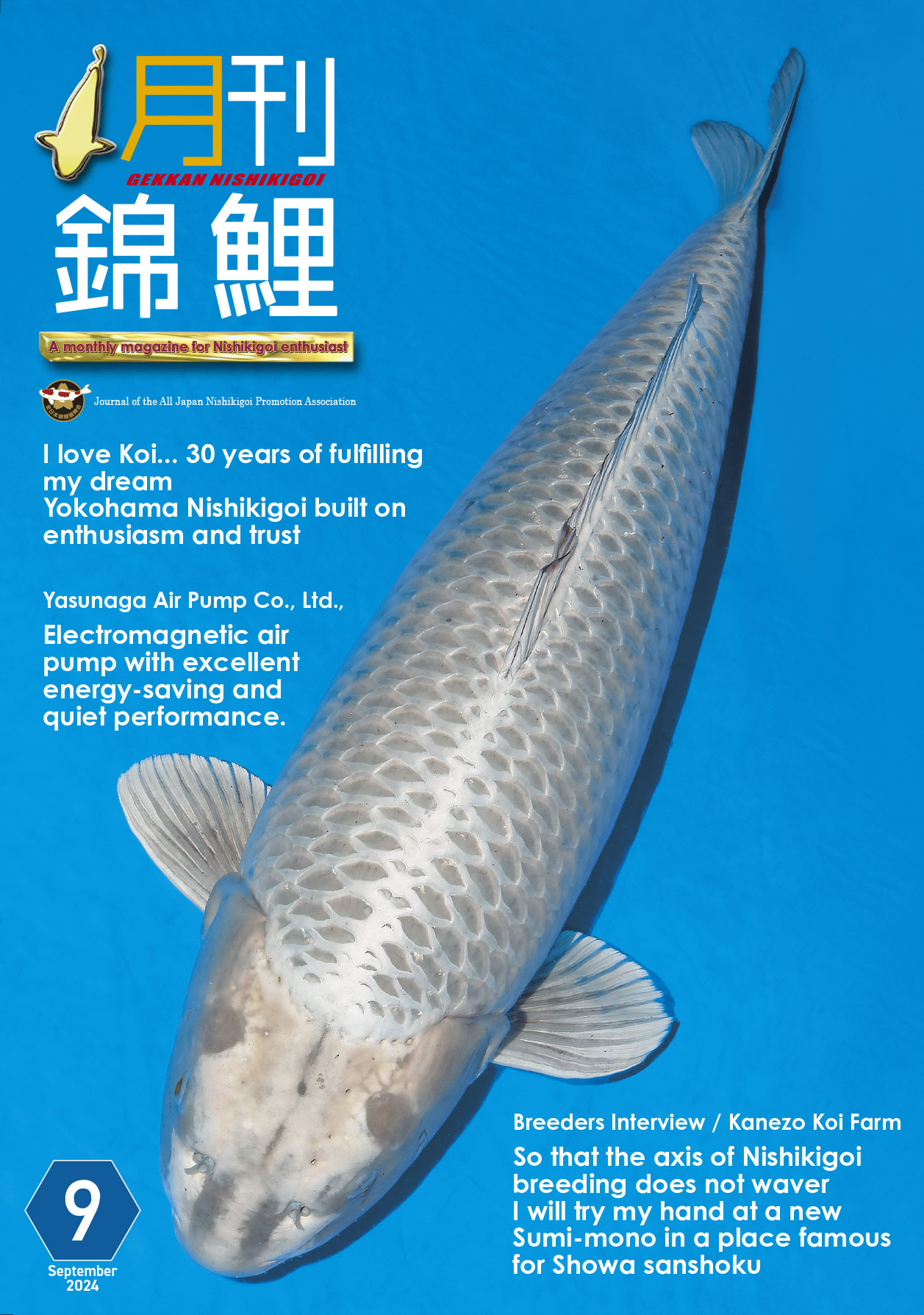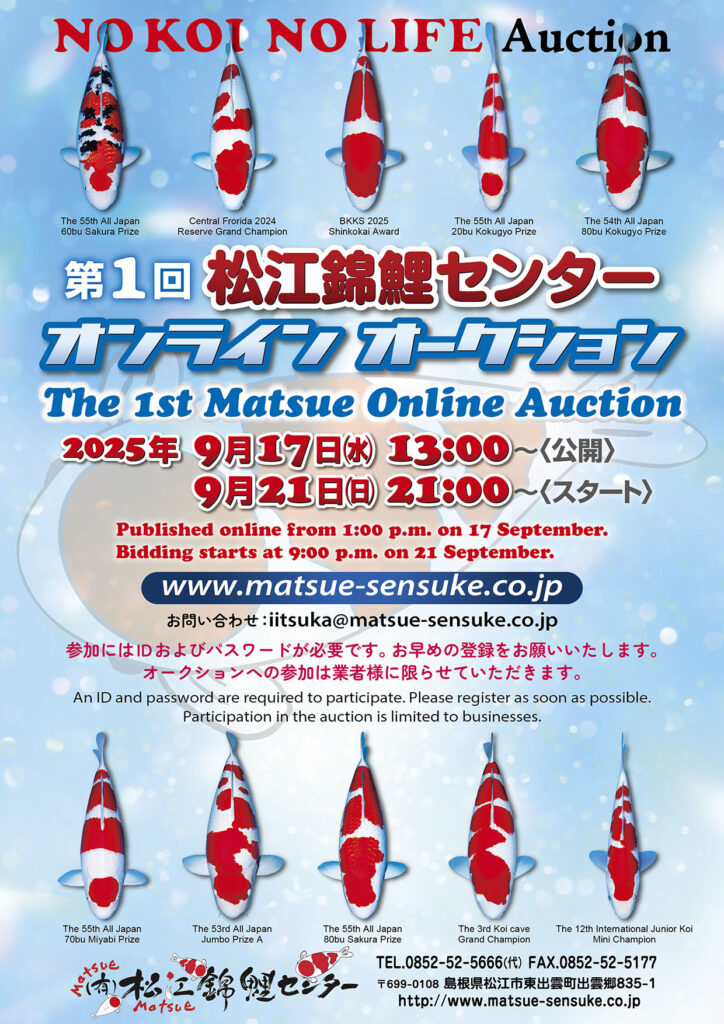Challenging spring water aquaculture brings awareness of difficulties
Adapting sales strategies to changing times
ー In recent years, you’ve been focusing more on raising koi in spring water. Was there a particular reason for this?
Tamaura: Initially, we were just keeping koi that couldn’t be placed in outdoor ponds in houses. But we seriously started focusing on it around last year or this year. With the era of extreme weather, we thought spring water might be more stable. However, the koi aren’t eating as well as we’d hoped (laughs).
ー Over the years of being involved in koi production, many things must have changed.
Hidemi: A lot has changed over the past 10 years, but recently, the pace of change has been incredibly fast. When I first came here about 25 years ago, we mostly had visitors from Taiwan and Indonesia. Now, over 80% of our visitors are foreigners.
ー Does Tamaura Koi Farm primarily sell wholesale?
Tamaura: Almost entirely wholesale. We do sell a little to some long-time hobbyists, but it’s not much.
Hidemi: We’re actually known for not being very customer-friendly (laughs). With just the three of us running things, we don’t have much time for direct sales. We’re not great at dealing with customers, and they don’t always end up buying either…
Tamaura: Exactly, when people spend hours looking and then leave, it’s just… (laughs).
Hidemi: So, we’ve decided to focus on production and wholesale, even though we feel a bit sorry for the customers.
ー Has the number of two and three-year-old koi, which are your main products, increased?
Tamaura: About 15 years ago, we had around 1,500 two years koi, but now we only have about 450 to 500, so the numbers have decreased.

23bu Taisho-Sanshoku / Sugiarto Kurniawan
Handled: Narita Koi Farm
Agent: Samurai Koi Centre
ー Are buyers now demanding higher quality?
Tamaura: We’ve always aimed to produce high-quality koi, but in the past, even lower-quality ones that didn’t meet our standards would sell. Now, those are harder to sell.
ー Has your sales approach changed?
Tamaura: A few years ago, we used to wait for customers, but now we actively offer our koi to dealers. That change was largely due to COVID.
Kuninori: That really changed everything. Since people couldn’t come from overseas anymore.
Tamaura: That’s when we started being more proactive. It’s worked out well, especially since Mike from Yume Koi Japan, an export company, moved nearby to Sera Town. He’s been great at promoting our koi internationally.
ー Having more dealers like that must help expand your market.
Tamaura: The top-grade koi will always sell themselves, but for the lower grades, we have to actively promote them now.
Hidemi: About 15 years ago, even lower-grade koi could be sold to Europe, but after the Lehman shock, that market collapsed. Other producers turned to China, but we were too late to enter that market, so we had to find new buyers. It was tough.
ー Back then, you were producing around 1,500 two-year-old koi, right?
Tamaura: Yes, and they sold for decent prices. But when they stopped selling, we were left with a lot of inventory.
Hidemi: We even asked Mr. Narita, “We’re in trouble, could you buy some?” (laughs).
Tamaura: Mr. Narita was already doing live koi sales back then, so from the following year, we started doing live sales on our own. Even during tough times, like when the koi were sick, Mr. Narita and Odakan helped us in many ways, not just with sales.
ー That must be connected to what you mentioned earlier about the importance of having distributors and producers working together.
Tamaura: When you’ve been in this business for a long time, you experience all sorts of things. It’s not always smooth sailing. What’s important is to keep at it steadily.
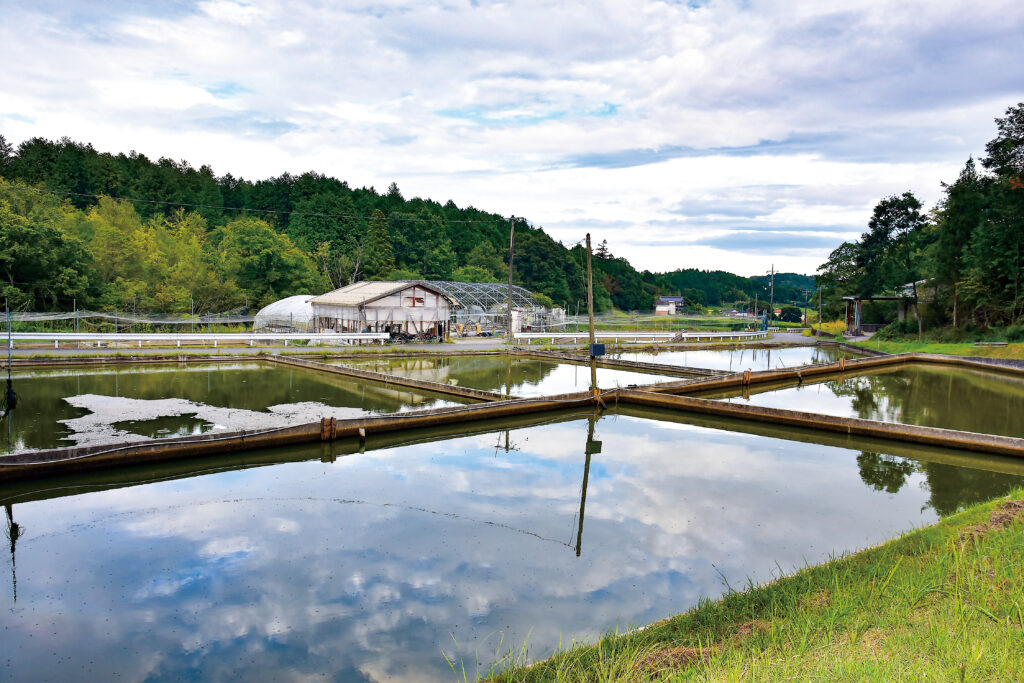
ー Your 42 years of dedication must be why you’re so successful now.
Hidemi: Even if someone works at it for 50 years, they might not achieve what we have. I think we’ve been really lucky, blessed with the help of many people.
Kuninori: It might not sound flashy, but “steady effort” sums it up.
Hidemi: He doesn’t like to stand out, so he keeps it low-key (laughs).
ー Staying in the background.
Tamaura: In this industry, the nail that sticks out gets hammered (laughs). If you stand out too much, you attract criticism, so it’s better to stay quiet. Let the koi be the stars.
We keep setting new goals, so there’s no time to grow old. We need to get better at raising koi in spring water…
ー The “Pichipichi Tamaura Fest 2024” live koi event at Narita Koi Farm will start on November 22nd. We hope many people will come to see it. Thank you for today.


